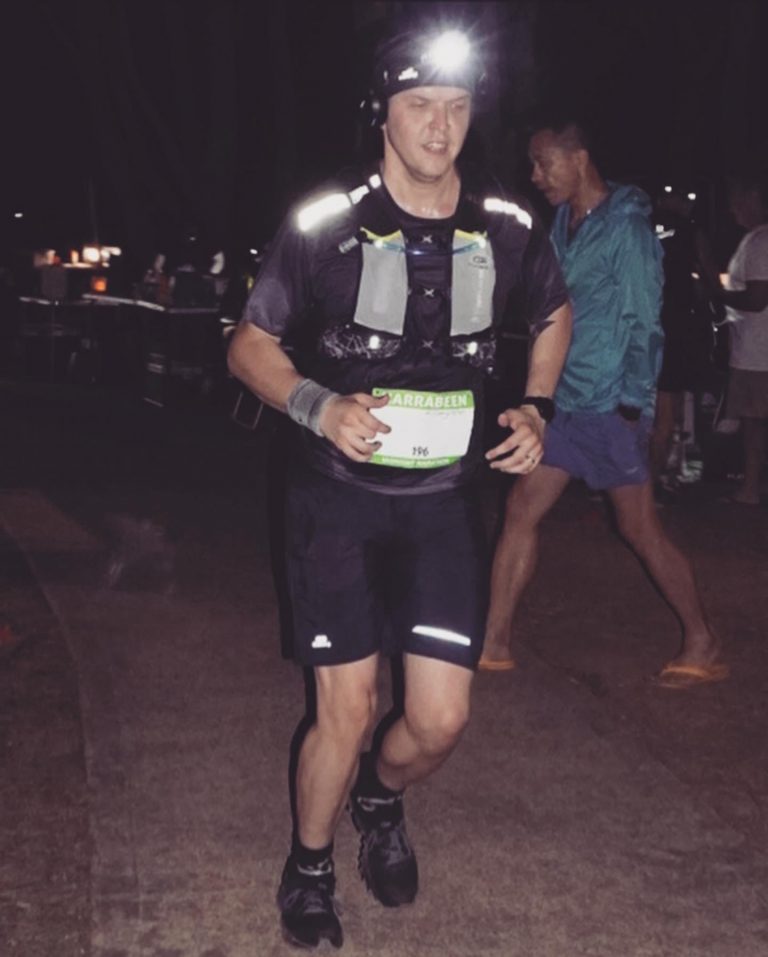If you want to enhance your running, you need to pay attention to the running form. Adopting the correct running form will help you run more efficiently, comfortably, and faster. In addition, your body will experience less soreness. Proper running form reduces the chances of you getting running-related injuries and experiencing extreme fatigue.
There are general running form techniques to adopt. You can twitch them to conform to your body mechanics and structure. Here are proper running tips and techniques to adopt in various body parts that the body predominantly engages when running. They include the head, arms, shoulders, and feet.
In addition, we will also have a look at tips and tricks for different kinds of running, such as jogging, running on a track, and running on a treadmill.
Proper Running Form Techniques for Different Body Parts
Keep Your Head Up
The posture of your head is significant in getting your running form correct. One of the things to do is ensure that you do not slump your head forward. It makes it harder for you to see what you are approaching and affects your overall body movement, including breathing, arms rotation, and swing.
Proper running form involves keeping your head up and having a straight line of sight. The chin needs to be parallel with the ground. You can, however, turn your eyes sideways. Any other posture, including heightening your gaze, will negatively impact your run.
Relax Your Shoulders
Tension around the shoulders, upper back, and neck interferes with your arms’ motion. The arms provide balance, strength, and rhythm to keep you going when running. When they move faster, you run faster, and thus interference with your arms motion will slow you down.
On the other hand, slow running still requires your arms to move actively but in a slower motion. It might take time getting used to keeping your shoulders relaxed when running, but ultimately you will see the results as your feet move in a more steady pattern.
Proper running form involves relaxing the shoulders and keeping them square in a forward-facing style. Ensure that the shoulders are not shrugging upwards towards your ears and if they are, allow them to drop. Keep checking their position and make the necessary adjustments. With time, your body will get used to this.
Arms Positioning and Rotation
When it comes to proper running form, most people underestimate the importance of paying attention to the arms and assume that it’s all about the legs.
Avoid swinging the arms in a side-to-side movement. Doing so means that the arms will be crossing your chest, making your body slouch, thus interfering with your breathing. Running is a highly intense activity, and the body needs more oxygen intake than when you are relaxing. Any action that prevents you from breathing well when running affects your productivity.
Arms should remain on the sides. Ideally, they should be at a 90-degree angle with your shoulders and back.
As for arms movement, proper running form dictates that the arms swing from the shoulder joint and not the elbows. The swinging motion should remain on the sides, and it shouldn’t cross your chest. If the arms move in towards the shoulder, you will hunch, which makes breathing less efficient.
In addition, you should bend the elbows and keep them at around 90 degrees angle. Pull the elbows backward in a motion parallel to the body so that the arms do not swing loosely on your sides. Still speaking of the arms, avoid clenching your fists. Doing so makes the hands tense, while the goal is to have them relax as you run.
Footstrike
Footstrike primarily refers to how your foot first hits the ground. Some people are heel strikers, while others are forefoot or midfoot strikers.
None is perfect, but knowing which category you belong to will help you adopt the correct running form. There’s no need to change your footstrike, but if you were to engage in the unnecessary activity, it would take about one year to achieve this.
Choose a proper stride based on the running speed you want to achieve. Whichever the case, your footstrike should be gentle, and you should avoid pounding your feet on the ground. Landing gently conserves energy and reduces the risk of injuries.
If you overpronate, choose shoes that help curb this. The best overpronation shoes will absorb shock better and divert the effect of having your feet roll.
Maintain a Tall Running Posture
The overall body posture plays a significant role in helping you achieve a proper running form. Day-to-day activities such as driving, sitting at your desk, and relaxing on the couch affect our body muscles. For instance, such activities make the hips flex more while the shoulders round more ahead. It could be an issue when it comes to running.
Keep your posture erect and straight. The head should be up and not bend downwards, while the shoulders should be parallel to the ground as the back stays straight. Ensure that your shoulders and the entire body are not leaning forward, which often causes fatigue.
It is common to fall into a poor running posture as you run longer and get tired. To avoid this, keep your posture in check and maintain proper running form till the end of the run. Doing so helps you finish better, and it fights fatigue.
Avoid Bouncing
Bouncing when running moves the entire body in an up and down movement more than you ordinarily would. Upward movement increases, exposing the body to more shock when touching the ground. The effect is that the body spends more energy absorbing the shock, which it should ideally utilize towards running.
The proper running form to adopt to reduce bouncing and conserve energy is racing lightly and landing on the ground more softly. You will achieve this by keeping the stride close to the ground and focusing on attaining faster stride turnover.
Other Tips for a Proper Running Form
Knees. Strike the foot directly below the knee, especially when running downhill. It helps correct overstriding and also protects the feet from injuries.
Spine. The correct spine posture when running is keeping it erect. A forward gaze, head and neck exercises will help you achieve this.
Proper Breathing. Align your breathing pattern with the rhythm of your feet’ movement. Doing so gives you a relaxed posture while conserving energy and reducing the tension in your muscles.
If you’re looking for a more visual example, Global Triathlon Network has a great one posted here:
Proper Running Form Techniques for Different Types of Running
Let’s now look at the proper running form of different body parts based on the different kinds of running.
Jogging
Jogging is slower than running, but it still has tonnes of benefits. It forms a part of running and often comes before as a form of warm-up to help the muscles relax and prepare mentally.
Ensure to maintain an ideal posture, engaging your core and holding a forward gaze. Another tip is to keep your head high and avoid tilting it downwards. As for the arms, let them be loose and allow them to swing on the sides of the body without crossing the front.
Running On a Track
When running on the ground, you need to ensure that your footstrike is right. It helps you run more efficiently by saving your energy. Make the footstrike even, smooth, and try to maintain control. Where possible, avoid striking with the heel as it can slow you down and also increase tension around the knees.
Running On a Treadmill
Running on the treadmill allows you the flexibility of not going outdoors. In addition, it is a suitable option for reducing joint impact and muscles injuries resulting from overuse. Even so, you still need to adopt a proper, efficient running form, even with a treadmill. There’s also plenty of different running exercises you can do on treadmills.
Maintain an erect spine posture and keep the shoulders directly above your hips. Unless you have imbalance challenges, you should avoid holding on to the treadmill rails when running. You should also maintain a straight gaze, relax the arms and avoid keeping your eyes on the monitor as it makes you bend downwards, thus interfering with the posture and breathing.
Adopt short strides and make smaller steps. It is essential because longer strides on the treadmill make your feet kick the front of the treadmill, leading to disorientation or injuries.
Conclusion
Achieving a proper running form is critical to your overall racing experience. It might not happen overnight and will take practice and consistency. Knowing the ultimate benefits is a good way of keeping yourself going to achieve this efficient running form.
Exercises such as side planks and glute bridges will go a long way in helping you achieve an ideal and proper running form. They strengthen and lengthen the muscles, improve balance, stability and reduce the risk of injuries. All these benefits play a significant role in helping you run in a better form.
That you are considering adopting proper running form is an excellent place to be; now go ahead, practice, be consistent, and you will ultimately get there!

Marko Rakic is a trail runner and fitness enthusiast from Sydney, Australia. He is the lead writer for The Ultimate Primate and believes the best way to live a happy life is through constantly challenging yourself.
